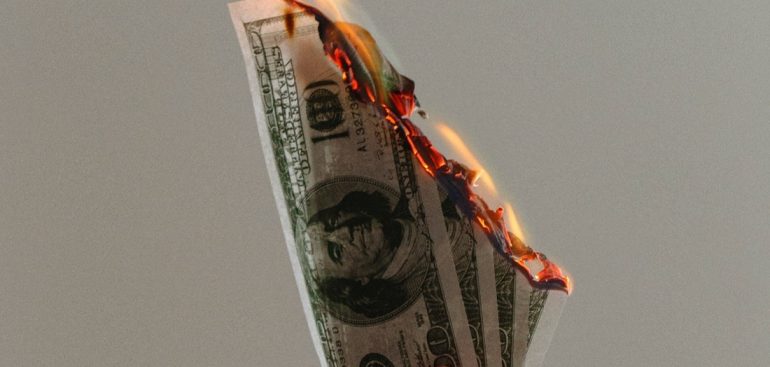Ever been confused because your accountant has told you that you’ve made a profit but you’ve got no cash in the bank to show for it? Let’s look at an example of where your cash goes.
Let’s assume that your business has a net profit of $150,000 but a cash outflow of $22,000. In this article, I’ll demonstrate two scenarios on how a business can end up with profit but no cash.
Let’s have a look at Scenario 1.
Our annual sales were 1,000,000, but maybe we’ve increased sales by 10% to 1.1m. You manage to get better trade terms and pricing, so your COGS stays the same at 500,000. You’ve invested an extra 50,000 in marketing and hired a new administrator, so your expenses are now 400,000. Your profit is now 200,000 being a 50,000 increase.
But maybe you get a bit soft on your debtors so your accounts receivable increases by 50,000 instead of 30,000. Likewise, you get a bit sloppy with your materials and stock, so your inventory and WIP increases by 30,000. You need to buy more from your suppliers, so your accounts payable increases by 20,000.
So, you increased your profit by 50,000 but your operating cashflow has only increased by 30,000. Your tax bill will be higher because you’ve made more profit.
You reward yourself for your increase in profit by taking more out of the business in drawings. Let’s say 70,000, which includes 20,000 for a holiday. Then you splash out on a new car for 50,000, paying cash, instead of a second hand car you usually buy for 30,000. You decide that you should use some of the profit to pay 20,000 off your loans.
After all that, you’re actually 56,000 worse off despite the 50,000 increase in profit. You’re actually going backwards – spending more cash than what’s coming in.
So, what should we be doing to ensure we make the right decisions when we’ve increased our profit to ensure our cash in the bank also increases? Let’s take a look at another option.
We’ll use the same profit increase as the previous example – 1.1m in sales with 500,000 COGS and 400,000 of expenses, giving a net profit of 200,000 – a 50,000 increase.
But this time you review your Terms of Trade and give your administrator more training on debt collection, so your accounts receivable only increases by 20,000 instead of 30,000. You review your inventory processes and only order stock when it’s needed and get rid of obsolete stock, so your inventory only increases by 15,000. You’re buying more from suppliers, so accounts payable increases by 20,000 – the same as in the previous example.
So, with a 50,000 increase in profit, your operating cashflow has increased by 75,000. Again, your tax bill goes up because you’ve made more profit.
You still want to treat yourself and take 70,000 out as drawings, including 20,000 for that holiday. And you still buy that 50,000 new car, but this time you borrow the money for this over five years. Your loan principal repayments increase to 15,000 as a result of buying the car.
You financed the car for $50,000, so we’ll add this amount in to balance the asset purchase.
So, overall, this time our 50,000 increase in profit has led to net cashflow of 44,000. Not only does your business have more cash in the bank, but you’ve also bought a new car and had a family holiday.




